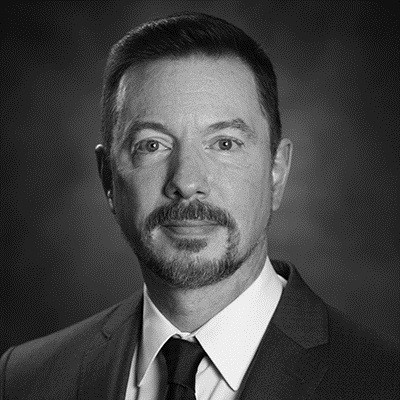
Wayne Reinke
is a long-time partner with Heslin Rothenberg Farley & Mesiti, an IP boutique firm with offices in upstate New York. His practice over the years has been varied, in areas including patent, trademark (including trademark portfolio management), copyright practice, licensing, appeals, reexaminations, opinions and litigation support. The majority of his practice has been in patent prosecution, including success in overcoming patentable subject matter rejections. His patent experience spans multiple technology areas, including microelectronics, nanoelectronics, integrated circuit fabrication, as well as semiconductor design and fabrication. Additionally, he has drafted and prosecuted patent applications involving computer-related inventions, including artificial intelligence, machine learning, augmented reality, virtual machines, software, graphical user interfaces, memory management, database management, distributed storage, online search technologies, data structures, data storage architectures, and online data security encompassing firewalls and encryption schemes.

Recent Articles by Wayne Reinke
Under U.S. trademark law and court precedent, determining whether there is a likelihood of confusion involves weighing a number of factors (13 factors to be exact), known as the “Dupont factors,” set out in In re E.I. du Pont de Nemours & Co., 476 F.2d 1357, 177 USPQ 563 (CCPA 1973). The CCPA (Court of Customs and Patent Appeals) is a predecessor court to the Federal Circuit. As noted by the Federal Circuit, not all the DuPont factors may be relevant or of equal weight in a given case and any one of the factors may control a particular case. Under 35 U.S.C. §101, patent-eligible inventions include any process, machine, manufacture, composition of matter and any new and useful improvement thereof. There are, in addition, three judicially created exceptions to the broad recitation of Section 101: laws of nature; natural phenomena; and abstract ideas…. If the goal of Section 101 is to act as a gatekeeper, rather than a roadblock, the factors approach seems appropriate to employ in a patentability analysis.

![[IPWatchdog Logo]](https://ipwatchdog.com/wp-content/themes/IPWatchdog%20-%202023/assets/images/temp/logo-small@2x.png)